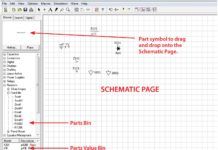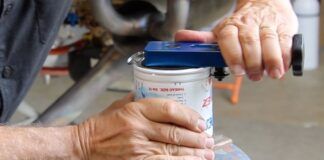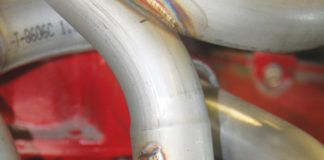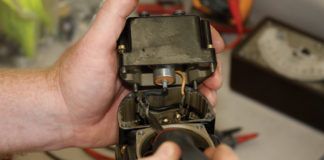A few months ago a reader asked if I could write a column on how to convert a battery utility outlet (what we used to call a cigarette lighter plug) to a USB charging port. Lots of folks these days are switching from paper charts to electronic charts, and with the highly rated ForeFlight app costing only about 0.07 AMU per year for all VFR and IFR charts, moving map and more, you’ll now find iPads and Android devices in most airplanes. (AMU is aviation monetary unit, used to disguise the true cost of running an airplane from our domestic partners; 1 AMU = $1000)
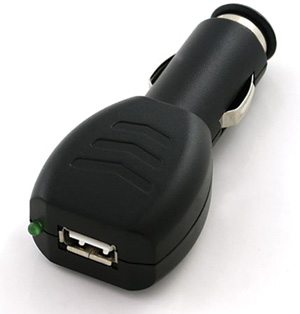
This device from SparkFun easily converts a cigarette lighter to a USB charging port.
An outlet conversion is easy to do and doesn’t require a lot of parts: one utility outlet plug, one USB connector, a simple 5-volt, 1-amp integrated circuit (IC) (7805) and wire to hook it up. It comes to about $15 in parts and takes about 5 hours to build.
On the other hand, while scanning through a catalog I came upon a charming little device. Go to www.sparkfun.com and search for TOL-08638. You’ll find exactly what you wanted for $5 and zero build time. Just plug it into the cigarette lighter socket and bingo: 5 volts at 650 mA, which is more than enough to power an iPad and charge its internal battery. The device runs from either a 12- or 24-volt system, and has an LED indicator to show it is working. It’s a neat little part, so it occurred to me to see what other SparkFun products might be useful in an airplane. And I found plenty.
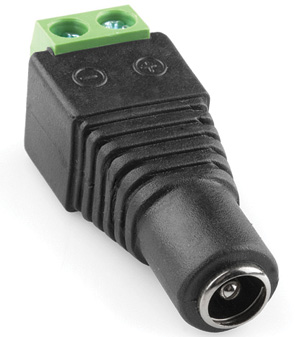
An insulated barrel connector allows you to safely connect bare wires.
Let’s say you need 5 volts from the cigarette lighter for a temporary lash-up test. No problem: Take the little converter mentioned earlier, one TOL-08639 (USB to 5.5mm barrel jack) and one PRT-10288 barrel jack adapter (female), and you have an insulated place to put two bare wires, plus screw clamps to hold the wires in place. All three parts are available for $11.
Suppose you are in the front seat driving while your back seat passenger is running the test data, when you find the USB charging cord is too short to reach the cigarette lighter socket on the front panel. What do you do? No sweat. CAB-00517 is a 6-foot USB extension cord for $4.
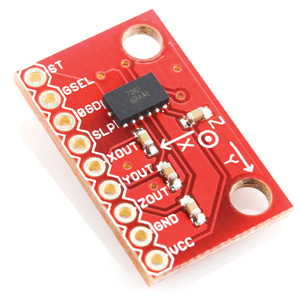
An accelerometer vibration sensor can help you pinpoint rough spots for a smother flight.
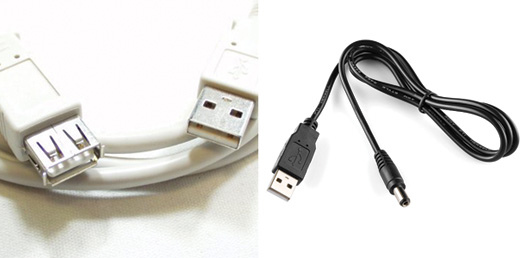
Left: A USB extension cable makes life easier in a tandem cockpit. Right: An extra USB-to-barrel connector is always good to have on hand.
Switches and More
The SparkFun catalog offers 78 switches, from a BlackBerry trackball to button switches in six different colors, as well as electroluminescent parts, from 4×4-inch panels to 40-inch long glow wires and light emitting diodes in almost any color, size or shape you want.
For engine testing, SEN-09269 (ADXL335) and SEN-09652 (MMA7361) accelerometers will make advanced experimenters happy. (I have one of the 09652 sensors that I’ve wanted to use to run vibration tests on the old Cessna 182A to see if I could lower the shake with prop weights, but life keeps getting in the way.)
Building Your Own
If you are thinking about “rolling your own” autopilot, the SEN-10612 three-axis gyroscope would be a great place to start. At $50 (0.05 AMU) you really can’t go wrong, plus there is a free tutorial on the product web page that lets you see just what you would be getting into before you buy.
You can also make your own digital compass with tilt compensation using the SEN-10703. It will let you make a compass without all that nasty dip, northerly turn, and acceleration error so evident in a whiskey compass.
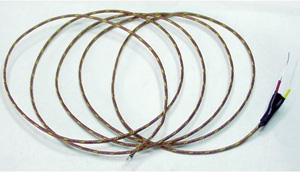
A thermocouple will help you “roll your own” EGT system.
If you want to make your own temperature sensor, the SEN-09418 board will let you make a thermometer that can read temperatures from -40° F to 250° F (-40° C to 125° C), with a typical accuracy of one degree. If you need something that will read hotter than this, the SEN-09570 will go up to 700° F (380° C) and is a non-contact infrared measuring sensor. Want to roll your own EGT system? At $14 each, the SEN-00251 type K thermocouple will take you to 2500° F (1370° C).
You can even make a digital altimeter. The SEN-09694 uses the Bosch BMP085 pressure and temperature sender to create a digital altimeter that is temperature compensated to an accuracy of ±30 feet up to 27,000 feet.
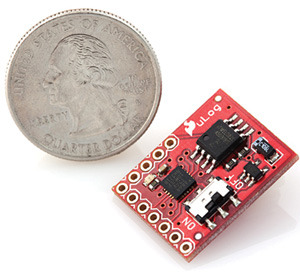
Dataloggers are now small enough to carry around in your pocket—along with your loose change…
Once you have your airplane measuring everything from shake to altitude, you can run up to 10 inputs into a $60 datalogger (WIG-10216) and download all of your flight data into your personal computer for analysis. If 10 inputs are more than you need, try the little brother WIG-09228 ($20) with only three inputs for data.
Once a geek, always a geek. SWG-10499/10147 offers a quintessential shirt pocket protector in black or white. It has been the better part of 50 years since I’ve worn one but, yes, I still have the K&E slide rule that fits into it. To complete the ensemble, try one of the SWG-09827 series of white lab coats.
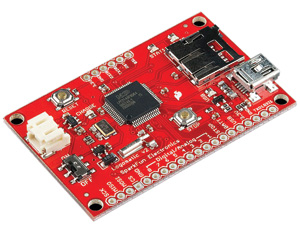
…but if you need a bigger one, large dataloggers are also available.
Additional Sourcing
As long as I am giving you a source for raw parts, let me turn you on to another little-known favorite of mine, Jameco Electronics, located in the San Francisco Bay Area (www.jameco.com). Jameco focuses more on individual components (ICs, resistors, capacitors, etc.), rather than modules like SparkFun. But the company offers a few specialties that really shine.
If you blew out your little wall wart power supply, Jameco lists seven pages of replacements. There are AC, DC, regulated, unregulated, every connector known to man and a few others not known. I stopped counting at 300.
If you have a radio that needs cooling, you’ll find six pages of DC-operated fans, all the way from 1x1x0.5- to 7-inch diameter. You’ll find 5-volt, 12-volt and 24-volt fans. Jameco also has AC-operated fans, both 115 and 230 volt.
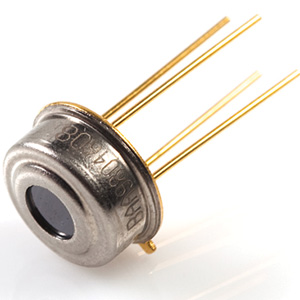
Make your own temperature sensor with a medium-range infrared thermometer.
If you are looking for a solenoid to open and close that remote door or push/pull a trim tab, you’ll find dozens, mostly 12 and 24 volt. A motor to set that trim tab or replace that old junk motor in your rotating beacon? Jameco has pages of them, both straight shaft and geared. You can find everything from microsized sprockets, hubs and gears; buzzers and ringers (audio tone); those nice little miniature 0.062-inch diameter pin nylon housings in nearly every configuration that Molex makes them; and even all varieties of coaxial cable.
In a previous column I wrote a short synopsis of popular iPad flight programs, but how about in the near future I take you on a guided tour through my favorite of them all, ForeFlight? Then I might just plunge back into a couple of projects that you may find fun to build. Until then, stay tuned.










